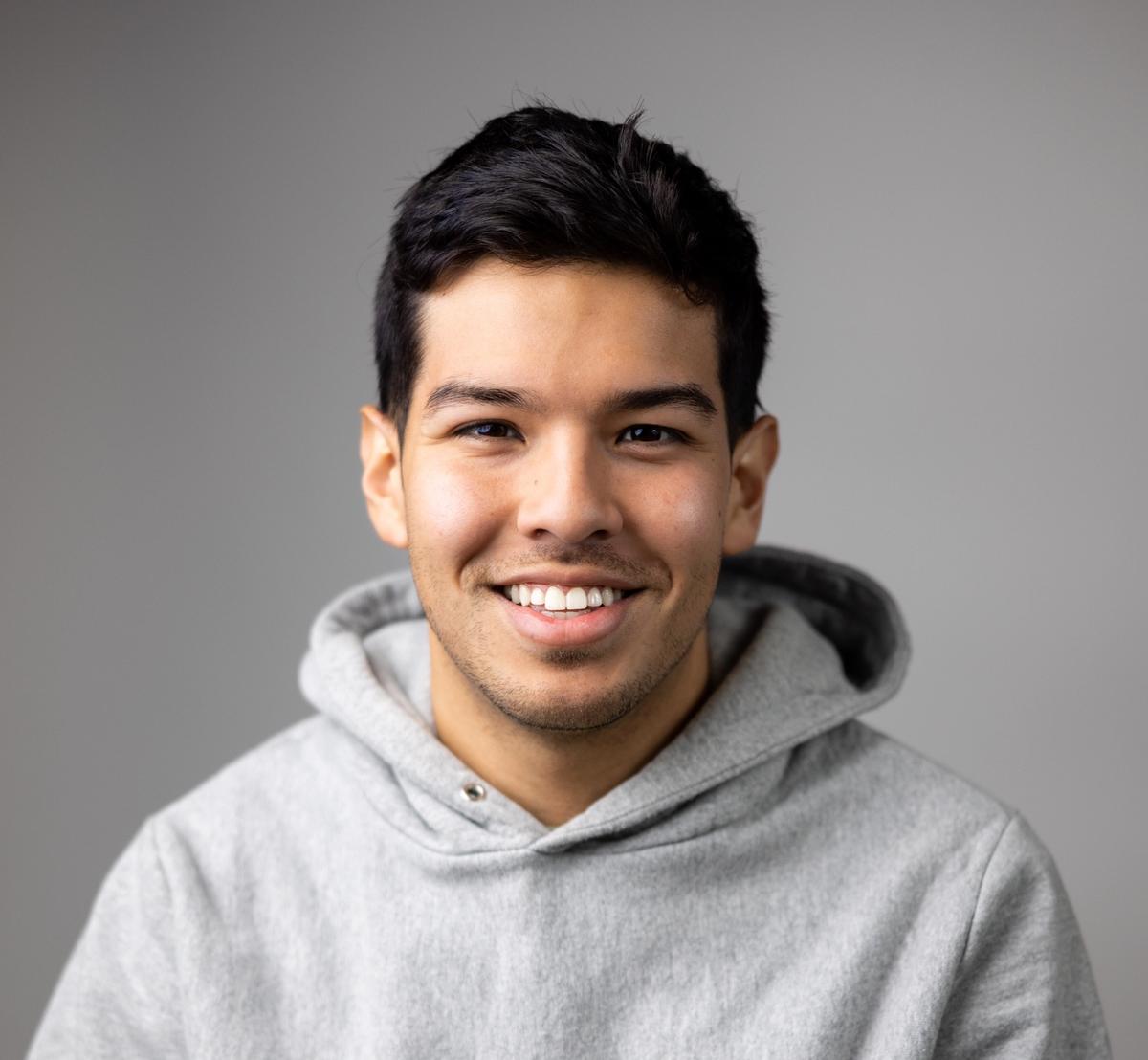By Chris Chavez
April 11, 2017
The Boston Marathon course isn’t too difficult to figure out. There’s few turns and a lot of hills. The final turn in the Back Bay area is a right on Hereford Street and left on Boylston Street.
The area has Victorian-era homes and expensive shops, but was once just part of the Boston Harbor. There was a landfill project around 1857 that pushed for more land, parks and streets. Two-miles worth of streets needed to be named along Newberry Avenue so they went with some English earldoms alphabetically. So it goes Arlington, Berkeley, Clarendon, Dartmouth, Exeter, Gloucester and Hereford. (Fairfield Street is an exception.)
Hereford Street
According to an old document that I stumbled upon, that alphabetical naming lines up to its previous name – 8th street. It switched to Hereford in 1875. Upon a quick Google search for the history behind “Hereford”, you quickly learn that the name comes from a city east of Wales. Hereford’s name has an Anglo-Saxon root with “here,” an army or formation of soldiers, and “ford”, which is a place for crossing a river. The idea is that a group of soldiers crossed the Wye river and settled on this land. It just seems like a quaint little town of about 58,000 people. It has a soccer team. It has museums. It’s a big farming city.
Here’s a fun fact to tell your friend
Frank Oz, the voice of Yoda, was born there and spent some of the early years of his life there. Ellie Goulding, who has the voice of an angel, is also one of the other few celebrities that was born in Hereford.
Boylston Street
In the 18th century, this east-west thoroughfare went from Frog Street to Common Street. It was eventually named after Ward Nicholas Boylston. In the first line of his Wikipedia page, it notes that he’s related to physician Zabdiel Boylston, who helped fund Harvard University. He’s also got ties to John Adams and John Quincy Adams through his grandfather’s first cousin. He helped John Quincy Adams become a professor at Harvard by tossing $23,000 for a professorship in Rhetoric and Oratory that John Quincy Adams later filled. Since the first marathon by the Boston Athletic Association in 1897, the marathon finish line has changed four times. The finish line has been in its current spot, between Exeter and Dartmouth streets, since John Hancock started sponsoring the race in 1985. The yellow and blue paint on the ground are there all throughout the year but on Marathon Monday it’s a universal red light to stop running.
Here’s a fun fact to tell your friend
Zabdiel Boylston performed the first removal of gall bladder stones in 1710 and was the first to remove a breast tumor in 1718.

Chris Chavez
Chris Chavez launched CITIUS MAG in 2016 as a passion project while working full-time for Sports Illustrated. He covered the 2016 Olympics in Rio de Janeiro and grew his humble blog into a multi-pronged media company. He completed all six World Marathon Majors and on Feb. 15th, 2025 finally broke five minutes for the mile.